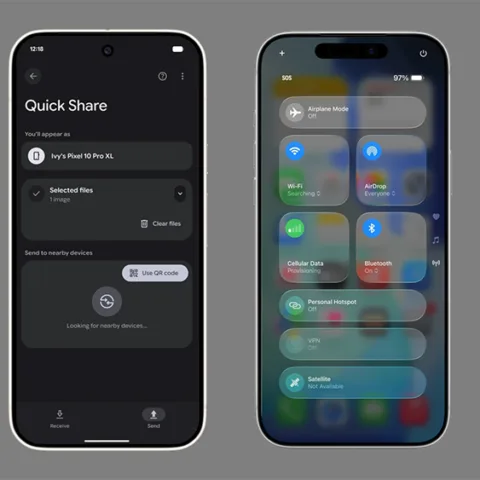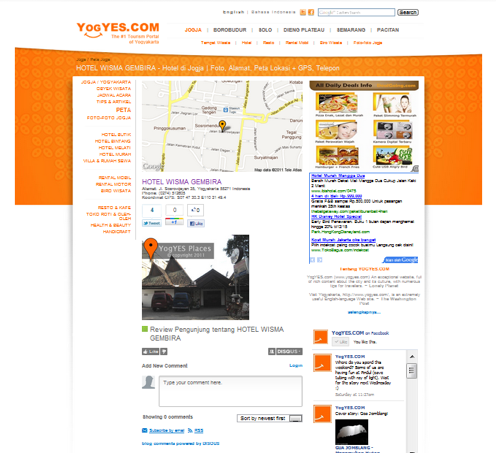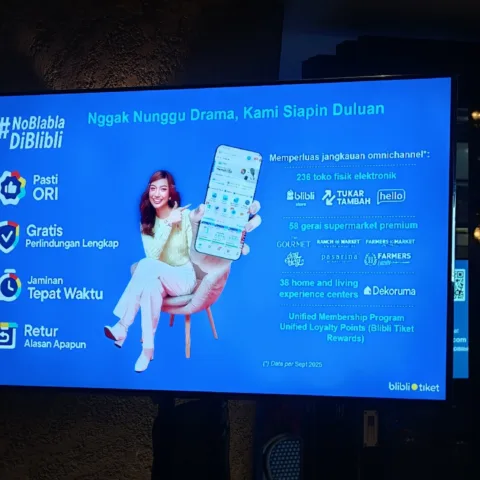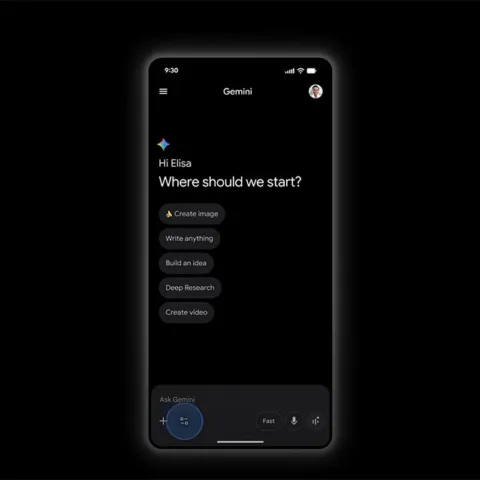Earlier this week Telkomsel revealed the make up of its subscriber base to the public, showing that the low end market remains its largest segment while smartphone growth is in the triple digits. While this paints a picture of the existing market, what does this mean for mobile developers?
Telkomsel is Indonesia’s largest mobile carrier with over 125 million subscribers which is around 42 percent of the market going by the numbers from Australia’s BuddeComm. While basing development decisions on the make up of a single carrier is probably not so wise, the fact that it’s the largest in the country does reflect the trend in a not so insignificant way.
Develop for Which Platform
Now, the question for Indonesian mobile app developers is, which platform should you focus on? Given the limited resources, do you invest for the future and ignore the tens of millions of Asha users with access to carrier billing or do you delay your smartphone apps development and monetize this massive market?
First of all you need to decide what kind of apps you’re planning to build and which tools give you the best way to build them. Games for example, generally perform better than other app categories but they tend to be more difficult to build with greater complexities involved. Games also don’t tend to last too long, so you need to come up with new games every so often.
Secondly, find out where you think your market will be. Larger addressable markets don’t necessarily translate to larger potential revenue because it depends on the likelihood of consumers in those markets to pay for your apps.
While paid apps are arguably on the decline, developers are warming to in-app purchases which allows consumers to download apps for free or for very little cost and purchase add-ons as they see fit. This avoids having to build a trial version with limited abilities that is separate from the full version.
Revenue Potentials
iOS users are far more likely to pay for apps than consumers on any other platform although locally this is still a very small market. A way to overcome this limitation is to go beyond the borders and promote the app Internationally. Android users on the other hand, are the least likely to pay for applications so you’re going to have to rely on advertising if you decide to launch on Android.
According to Opera Mediaworks, iOS in Q1 2013 remains the top platform for web traffic with 44.5 percent and earning 49 percent of mobile advertising revenue while in Q2 iOS web traffic went down slightly to 43.7 percent but ad revenue share remaining at 49 percent.
Android is far behind iOS in terms of mobile ads with 31.2 percent of web traffic share and 26.7 percent of revenue in Q1 2013 and 31.2 percent of web traffic and 28 percent of revenue in Q2 2013.
In terms of ad revenue, iOS still powers over Android but given the numbers, you’re unlikely to go broke launching ad-supported apps on Android. Rovio’s Angry Birds for example, made its name as an addictive game on iOS but its massive fortune did not arrive until it was made available on Android and in many different variations.
Unfortunately the numbers aren’t available for the Asha platform so perhaps an intelligent strategy might be in order. Given the trend on the major platforms, implementing in-app purchase or advertising within apps built for Asha would be a logical approach.
Opening Windows
Speaking of Nokia, Windows Phone is a fast growing platform on Telkomsel with 125,000 users and a 137 percent growth over eight months. Both Nokia and Microsoft are among the most aggressive companies pushing its mobile platform on to the Indonesian market and by this time next year, Nokia’s mobile division is set to be a Microsoft division, in other words, despite Nokia’s misfortunes, Windows Phone has a relatively clear future unless something unfavorable happens.
Globally Windows Phone is cementing itself as the number three platform behind Android and iOS, closing in to 10 percent of the market. The store has favorable terms for developers and Microsoft is working on making things easier for developers to publish apps on Windows Phone Store. There is certainly an opportunity to be made here.
BlackBerry: In or Out
While BlackBerry remains a top selling smartphone vendor in Indonesia, the App World has a strong carrier billing support, and the developer support is still solid, uncertainties regarding the immediate future of the platform makes this a questionable option. Additionally, growth of BlackBerry adoption has slowed. At CDMA carrier Smartfren, BlackBerry device activations have halved from up to 80,000 per month to around 40,000 according to Smartfren deputy CEO Djoko Tata Ibrahim.
If BlackBerry manages to steady the ship and provide a clear guidance as to its future, maybe it’s worth considering but as it stands, BlackBerry 10 and BlackBerry 7 are platforms which developers probably shouldn’t invest too much effort into at this stage. Yes, the installed user base remains relatively large in Indonesia and the country is number one in BlackBerry’s eyes, but if you’re developing for BlackBerry, it’s probably best at this stage to also go cross platform.











